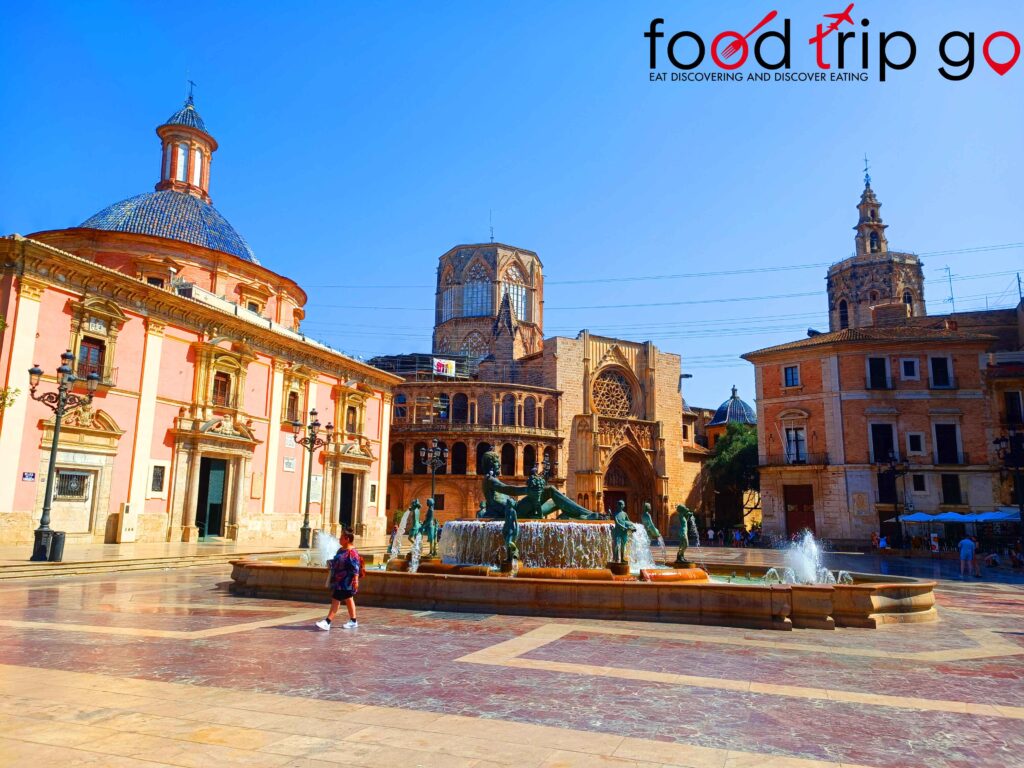An itinerary to discover the fantastic Spanish city, between great art and world-famous traditional local cuisine
Valencia is an enchanting city in Spain, enchant its visitors with ancient sights, modern architecture and traditional dishes that have become legend. The evocative Old City balances with the modern and futuristic City of Arts and Science, designed by renowned architect Santiago Calatrava, a native of Valencia.
Valencia is a city that combines history, art, mysticism, entertainment, beaches and good traditional cuisine, which can represent the vibrant local culture very well. It is easy to discover how much of the world’s history has passed and intersected in this beautiful Spanish city overlooking the Mediterranean sea. On the other hand, it is curious to discover some wonderful and little-known gems of art.
Here you can taste the best paella in the world, but also discover some lesser-known traditional Valencian dishes, but just as tasty and lively as the city that created them.
The famous dishes of Valencia’s culinary tradition
Valencia is most famous in the world for giving birth to one of the tastiest and most beloved dishes in the world, also representing Spanish cuisine: Paella. The origin of paella is among the Valencian countryside, as a leftover dish. The recipe for the typical Valencian paella includes: rice, marinated chicken or rabbit meat, green beans, tomatoes, peppers, beans, snails, broth, saffron and rosemary. Of course, there is also a fish variant.
Another traditional Valencian dish is Fideuà, a dish of short noodles called fideus, prepared with monkfish broth and seafood. As throughout Spain, tapas are an important and fun culinary element for sociability.
In local sweet cuisine, we discover Valencian Fartons, sweet glazed rolls that are usually eaten while drinking a refreshing horchata. Panquemado is a soft, spongy cake that is much sought after during the Easter season.
To drink, Valencia offers its traditional cocktail: the Agua de Valencia. It is a refreshing drink composed of cava, orange juice, gin and vodka. Cava is the Spanish sparkling wine produced by the classic method.
The land and climate make the region very interesting for wine production. The lands of Valencia boast two wines with Denominations of Origin: DO Valencia and DO Utiel-Requena.
Bobal vines are a native species with a 2,700-year history. Its red grapes are used to create cuvées and Spanish red wines. Because of its acidity and low alcohol content, Bobal is often used for Spain’s best rosés.
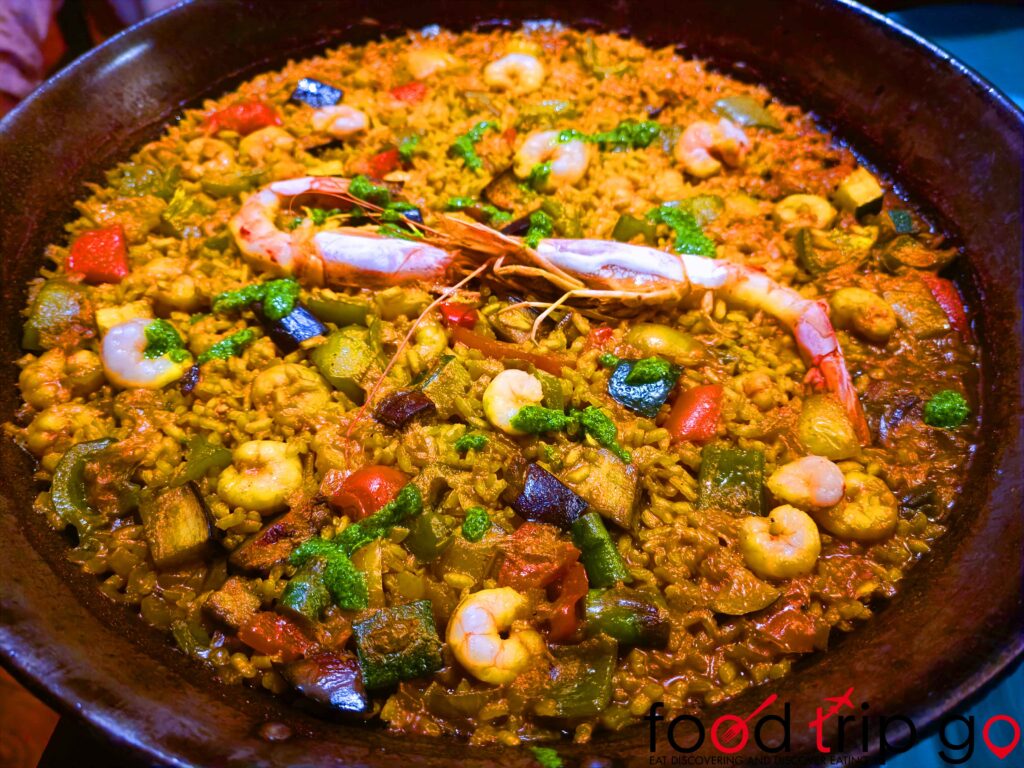
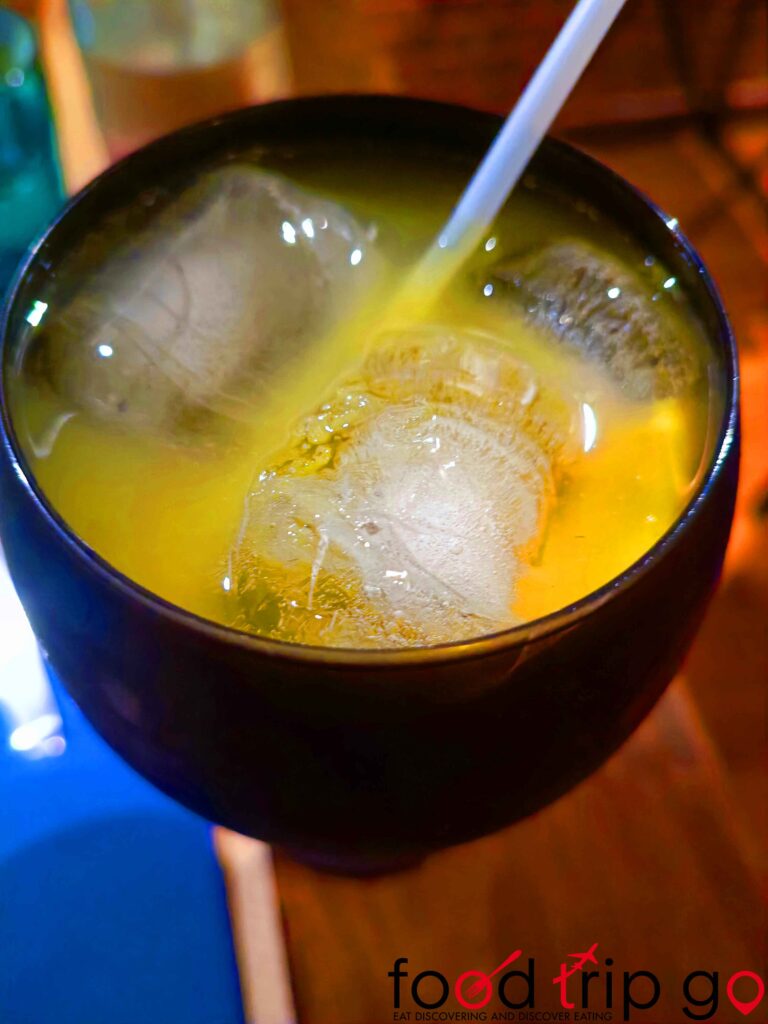
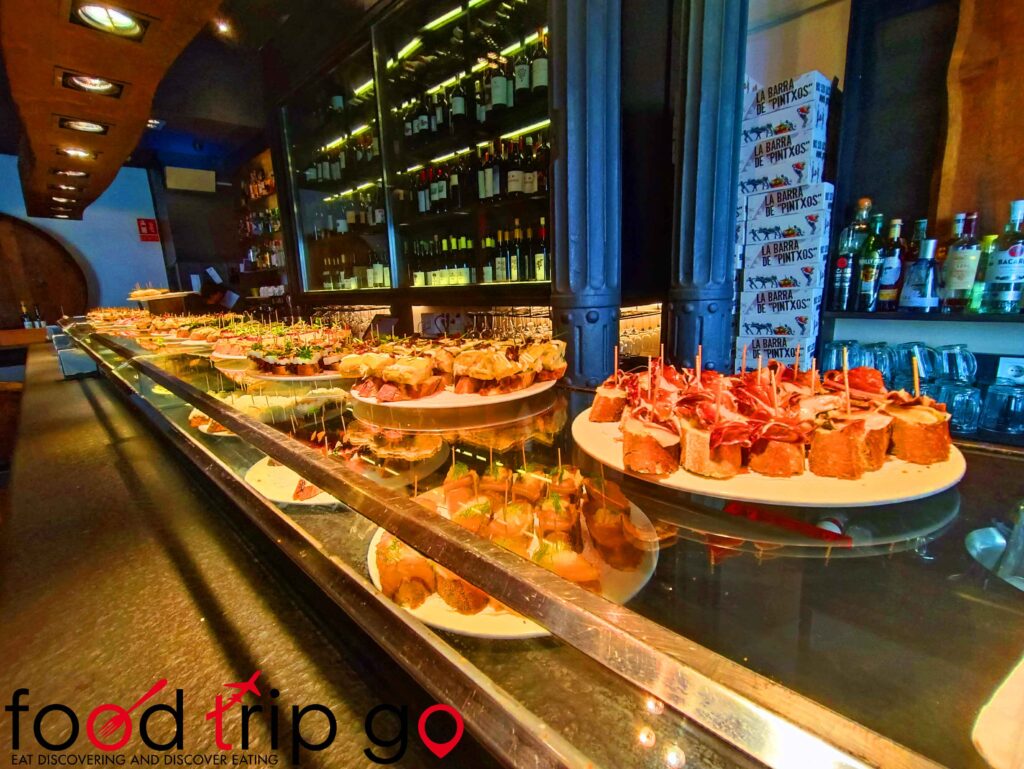
What to see to discover Valencia
Torres de Quart, Barrio del Carmen, Torres de Serranos and Antiguo Cauce del Rio Turia
The Torres de Quart is an example of Valencian military architecture and is located at the intersection of the two roads leading in north-south directions from the center. In the 1600s it housed the women’s prison.
The Torres de Serranos is one of the two fortified gates, still standing, of Valencia’s medieval walls. For a long time it had a defensive function, but it was also often used for ceremonies and official entrances of kings and ambassadors. The name comes from the fact that it was the natural entrance to the region of Los Serranos.
These historic towers are located in the Barrio del Carmen, an area with Valencia’s vibrant nightlife and a place to find tasty tapas and the famous paella.
Following the 1957 flooding of Valencia, it was decided that the Rio Turia could not continue through the center of Valencia. It was decided to reroute the river and turn the riverbed that runs through the city first into an urban highway and then into large green space.
Seu, Miguelet, Plaza de la Virgen and Basilica de la Virgen de los Desamparados
Valencia’s Cathedral, La Seu, was built over the city’s old mosque, which in turn was erected over a Visigothic church that used the foundations of an ancient Roman temple. It also features different architectural styles that can be seen in its gates: the Puerta de los Hierros belongs to the Baroque, the Puerta de los Apóstoles to the Gothic, and the Puerta de l’Almoina to the Romanesque.
Inside is the Chapel of the Holy Grail, in which the very famous chalice of the Last Supper is thought to be placed. The very simply made artifact has been enriched over the years with gold and precious stones and was transferred to Valencia around 1424 from Zaragoza.
The Seu bell tower has a masculine name, Micalet or Miguelete, named after the largest bell, baptized on St. Michael’s Day. Climbing its 207 steps, you reach the top at 63 metres from which there is a spectacular view of the city.
The Plaza de la Virgen is the square in Valencia’s historic center. It stands on the ancient Roman forum and is surrounded by three iconic buildings of the city: the Seu, the Basilica de la Virgen de los Desamparados and the Palacio de la Generalitat.
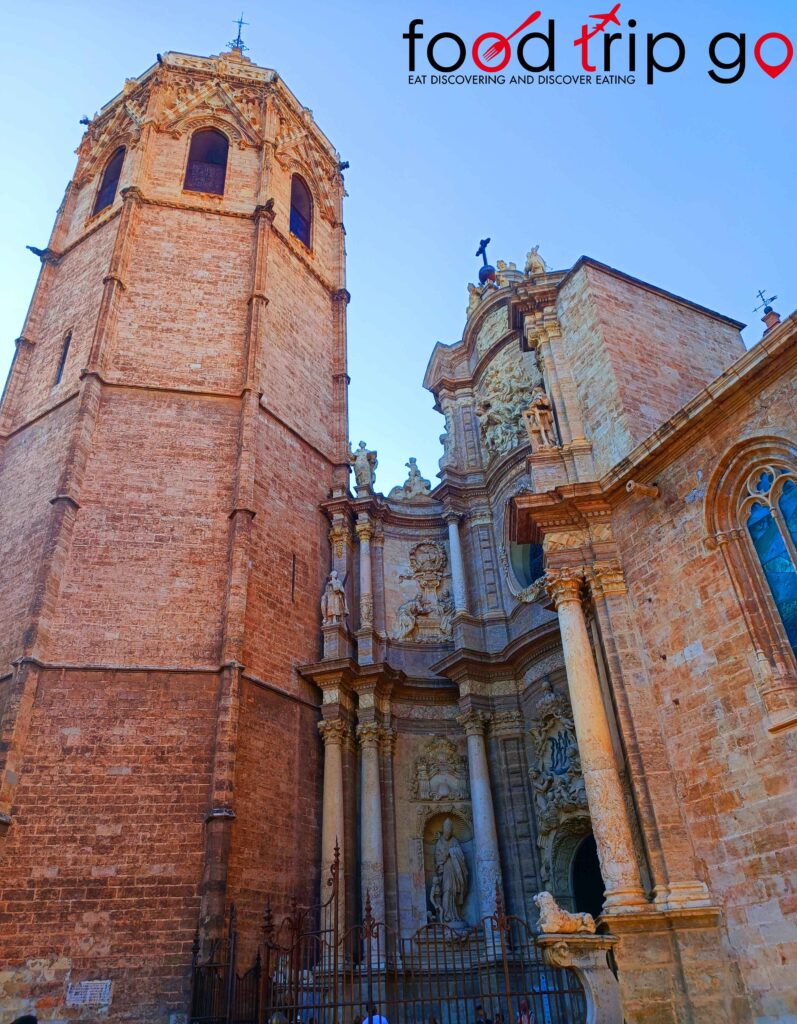
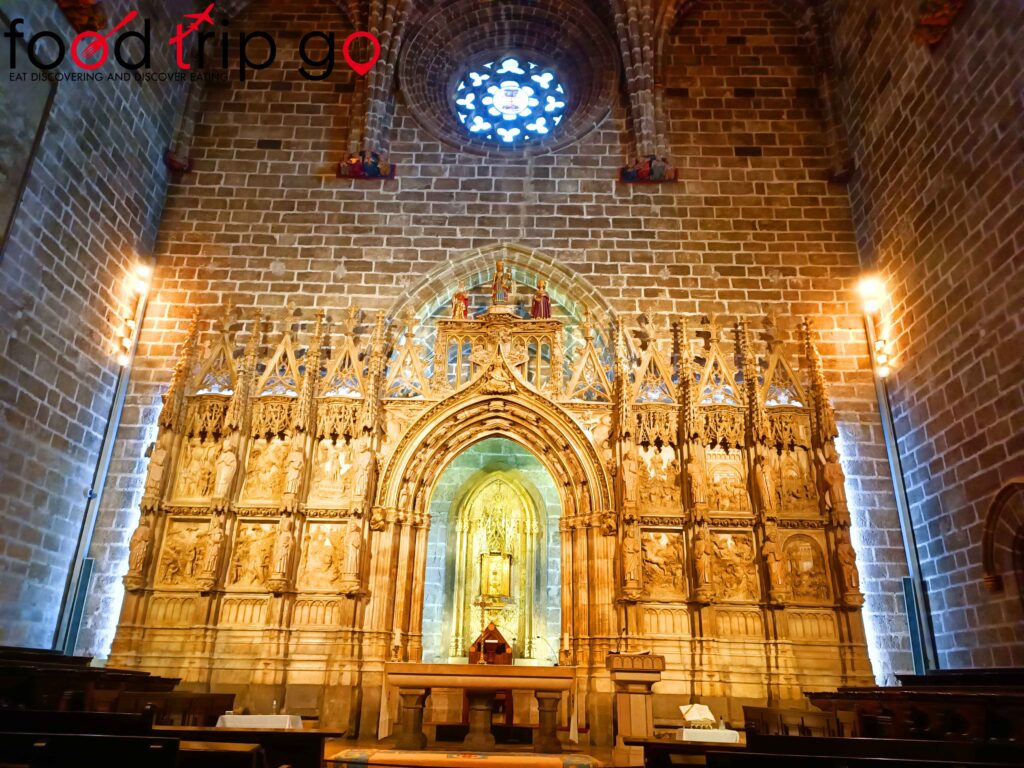
Parroquia de San Nicolás de Bari y San Pedro Mártir, La Lonja de la Seda and Mercado Central
The Parroquia de San Nicolás de Bari y San Pedro Mártir is nicknamed the “Sistine Chapel of Valencia” and its 2,000 square meters of frescoes by eighteenth-century painter Dionis Vidal actually leave you breathless from the moment you enter. The church was built in the 13th century, but thanks to several renovations and modernizations it has a style that includes Gothic and Baroque.
The Lonja de la Seda is named after the silk merchants who were the city’s strongest guild from the 14th to the 18th century, but in fact several commercial deals were concluded inside. The style of the ceiling and columns of the Sala de Contratación has its own special significance. In fact, it represents heaven where the columns are palm trees and the ceiling is the sky. Its exterior is adorned with 28 gargoyles representing satirical or erotic scenes. It is the most important civil building of Valencian Gothic and has been declared a World Heritage Site.
The Central Market is Europe’s largest center for the sale of fresh products, a magnet for food lovers. It has an iron, glass and ceramic structure that makes it truly distinctive, as well as a majestic 30-meter-high central dome.
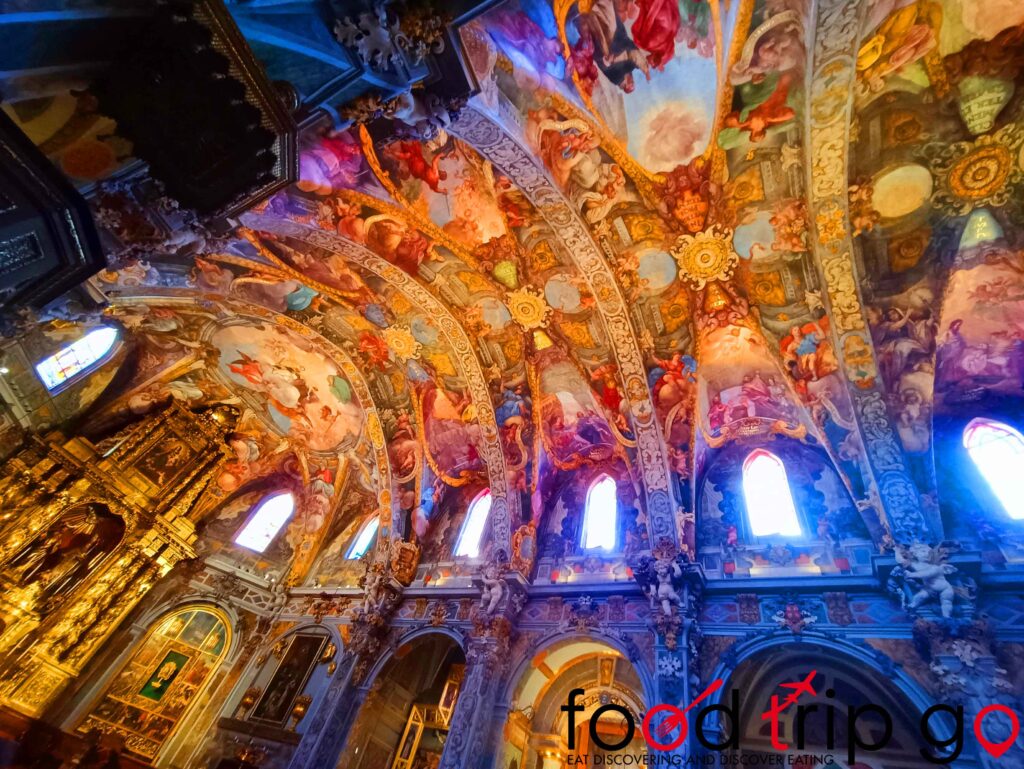
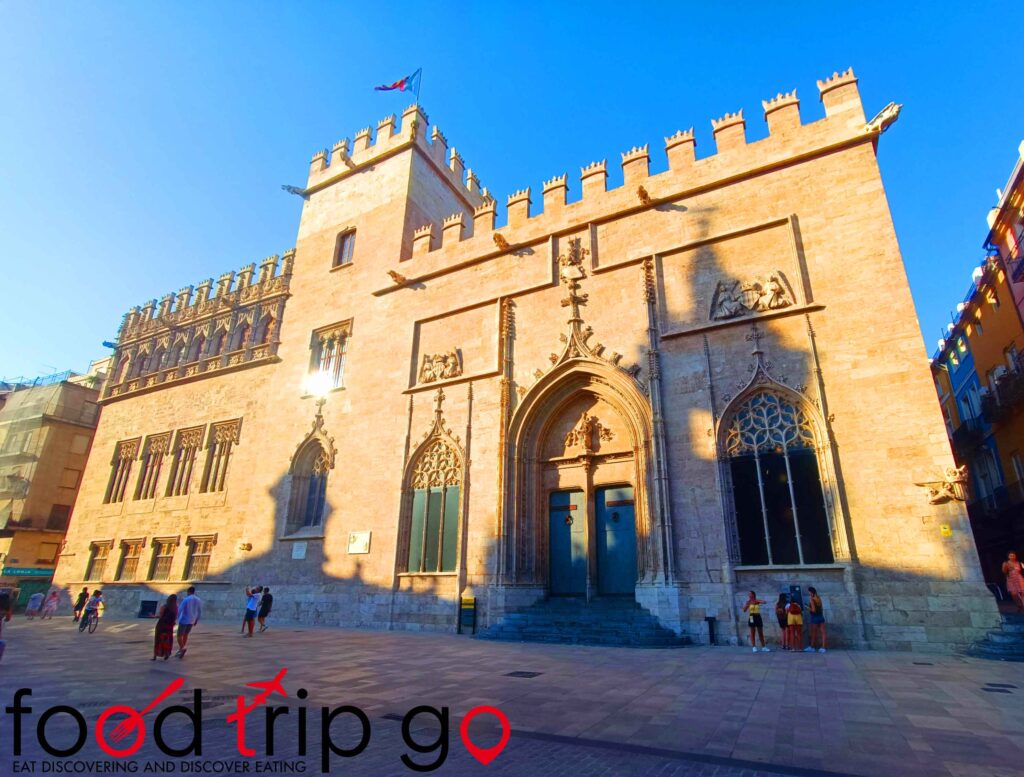
Iglesia de Santa Catalina, Plaza de la Reina, Palacio del Marques de Dos Aguas and Iglesia del Patriarca o del Corpus Christi
The Iglesia de Santa Catalina is one of the oldest in Valencia and dates back to the Reconquista. The bell tower, in Baroque style, is the most interesting part. Not far away is the Plaza de la Reina, the central place of the City, where you can enjoy a horchata and excellent tapas.
Many architectural styles intertwine in Valencia. The Palacio del Marques de Dos Aguas represents a wonderful example of the Rococo style, with its impressive entrance. The Iglesia del Patriarca or Corpus Christi contains Baroque artwork inside.
Ayuntamiento de Valencia, edificio de Correos y Telegrafos, Estacion del Norte and Plaza de Toros de Valencia
The Ayuntamiento de Valencia is built in the neoclassical style and features an imposing clock tower as well as a Crystal Room and a balcony from which there is a beautiful view of the square in front. In the main hall of the Building de Correos y Telegrafos is a glass dome with the city’s coat of arms in the center surrounded by letters and telegraphs. The circular shape is marked by the shields of Spain’s 48 provinces as a sign of unity. It is an imposing construction that symbolizes the speed and efficiency of maritime and land communications.
The Estacion del Norte is named after the company that commissioned it, namely Caminos del Hierro del Norte de España. During the Spanish Civil War it was used as an air raid shelter. Its interior was made with ceramics, mosaics and especially trencadis, which are ornaments made with small ceramic tiles, in full Gaudi style.
The Plaza de Toros de Valencia is inspired by the Colosseum and the Amphitheater of Nimes. It has a 48-sided polygonal body and was built to have a stable arena for corrida and not hold the activity in the market square or Plaza Santo Domingo.
Oceanografic and Ciudad de las Artes y las Ciencias
City of the Arts and Sciences is the most modern and futuristic part of Valencia, the work of Valencian architect Santiago Calatrava. It is a complex of buildings that serve cultural and recreational purposes and are a gathering place for families and friends who want to spend a few culturally focused hours at the science museum, the oceanographic and the palace of the arts or even just a few moments with friends on a kayak or at an aperitif.
Few people know that the Assut d’Or, the harp bridge, represents the highest point in the City of Valencia, at 125 meters, and that through the arches that make up the access to the Museum of Arts and Sciences it is possible to speak even 50 meters away without raising your voice because the sound waves are channeled into the arched structure and reach the listener.
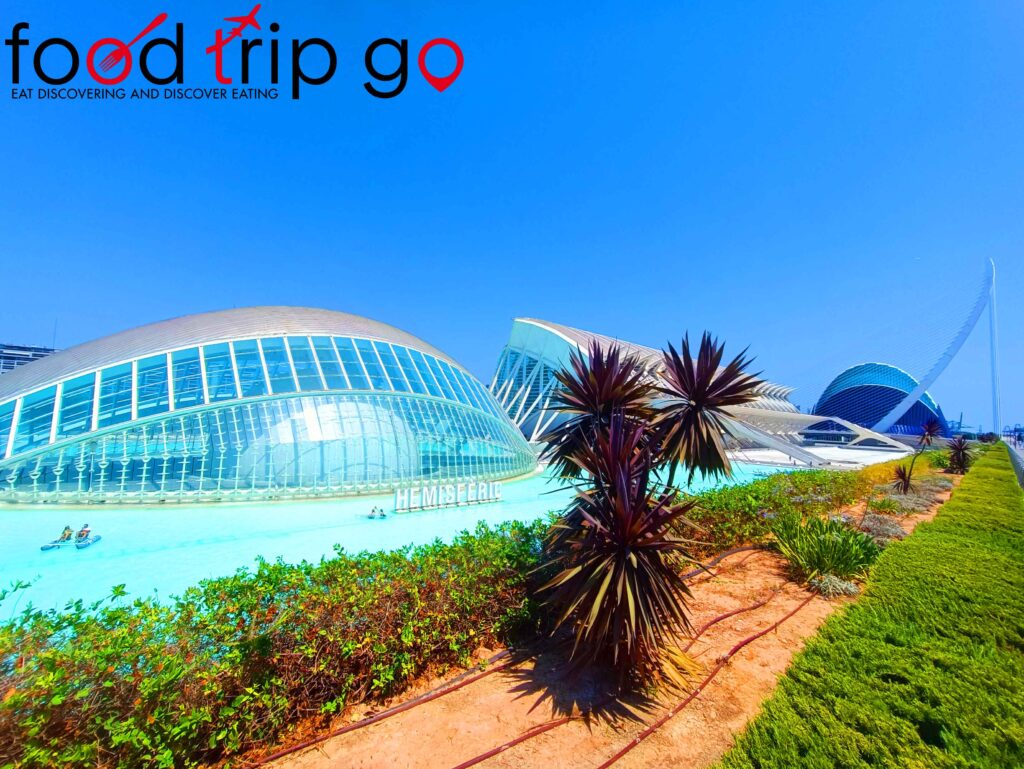
Playa de la Malvarrosa, Port Saplaya and San Miguel de los Reyes Monastery
Playa de la Malvarrosa is the most famous and well-known of all the beaches in Valencia and has inspired great artists. Here the summer season is very long and you can combine beach life with interesting places to enjoy local cuisine. It can be reached by the historic tram line. Port Saplaya is also known as the litte venice of Valencia and is located a few kilometers away from Malvarrosa.
San Miguel de los Reyes Monastery was founded over an old Cistercian monastery in the 16th century by Fernando of Aragon. It currently houses one of the largest library archives in the Valencian Community and also houses the offices of the Valencian Language Academy, but from 1939 to 1966 Franco used it as a prison for opponents of the dictatorship.
Valencia, the city of Paella that lives in its contrasts
Valencia is a city best known in the world for its signature dish, Paella. But as one discovers this wonderful Mediterranean city, one realizes how its contrasts, between the ancient architecture of its historic center and the modern City of Arts and Sciences, between the sacred of the Holy Grail and the profane of the vices of cuisine and nightlife, make it unique in so many ways.
Valencia has so much to offer, architecturally, historically, religiously, holiday and culinary.
